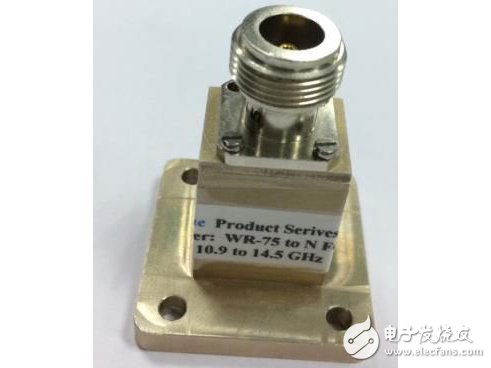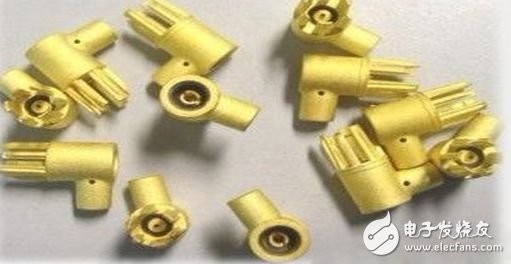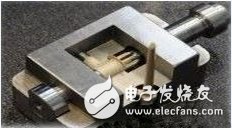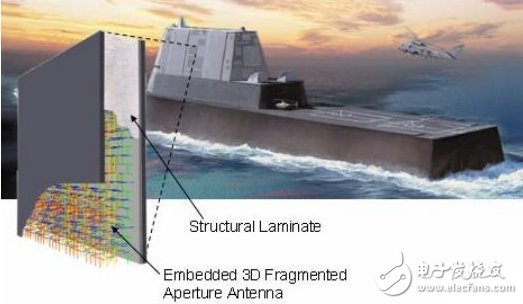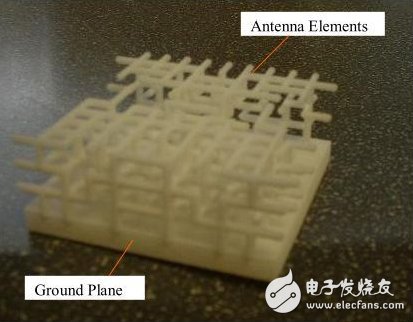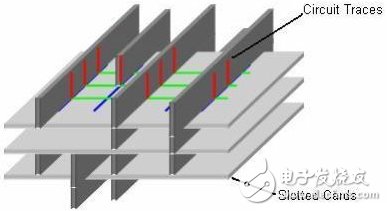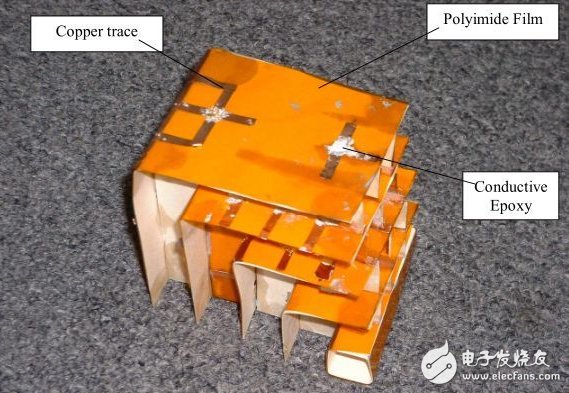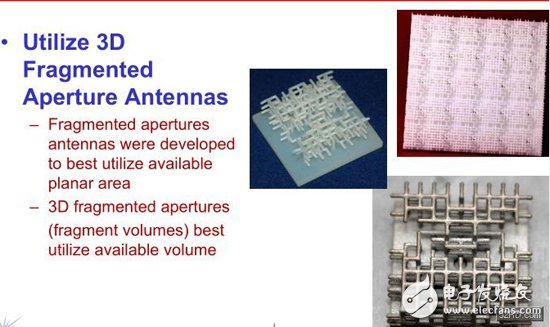Microwave devices refer to antennas, power splitters, PA amplifiers, and waveguides. Components mounted on satellites/aircrafts need to be lightweight. They are generally made of aluminum alloys, but some parts of the devices need to be insulated. Can they integrate 3D? Manufacturing, saving manufacturing costs and reducing assembly commissioning costs? Can also reduce the weight of the product? With the new plastic molding technology: 3D hybrid manufacturing can reach the requirements, 3D mixed manufacturing steps are 3D printing/laser LDS selective deposition of metals. The advantage of using this process is that it saves manufacturing time and enables integrated installation-free commissioning of complex feed/waveguide devices, with the added benefit of significantly reducing product weight. The following example illustrates: Traditional Waveguide Metal Material Manufacturing, see below Engineers engaged in the design of satellite microwave devices in the United States hope that we use 3D hybrid manufacturing technology to replace the above military metal waveguide devices. Our products are manufactured as follows: first 3D printing and then metallization on the internal walls. This component weighs only metal 15% saving 85%! This is of great significance to the loss of microwave communications systems in satellites and aircraft! RF connectors are widely used components in wireless communication devices. Traditionally, the metal parts are plated after turning. The technical difficulty plaguing this industry is that it is difficult to control the quality of the connectors above the 3G band: the finish, the quality of the plating layer is related to the RF impedance. Another difficulty is to reduce manufacturing costs. "The radio frequency cable and connector of 3G or more are really qualified," wrote the author of the book {Practical Radio} who has developed a domestic RF network analyzer. Mr. Hu Shuhao, a well-known radio frequency expert in China, once said to me. Therefore, I pay more attention to the technological progress in this area. All-plastic RF connectors cannot be realized before LDS technology is based on: First: poor anti-peeling index of plastic plating layer; second: thickness of plating layer is not easy to accurately control; third: rigidity of plating layer is too strong and elasticity is insufficient Fourth: The selective plating cannot be realized accurately, and the metal part does not need to be shielded. However, LDS is a method of selectively depositing metal on plastic. It has a root in the plastic, and according to this chemical growth of the metal layer, to overcome all the above defects. And can pass the strict high-temperature and high-humidity anti-stripping test of mobile phone and automobile industry. As a result, we began to make use of the advantage of cheaper manufacturing and large production capacity of injection molded parts and introduced them into the field of RF connectors. The following figure shows RF connectors manufactured using injection molding technology and then selective metallization. The following figure shows the injection mold and its injection molded parts: The antenna above the large warship needs to consider the weight reduction. The US stealth warship adopts a 3D fractal antenna made of plastic technology. Its components are 3D printed and shaped. See the figure below: In fact, many 3D configurations and antennas that are selectively metallized can use the hybrid fabrication techniques mentioned in this article: Otherwise, using traditional FPC and circuit board technology, installation errors are large, debugging is difficult and heavy. Of course, the manufacturing cost is also high. The 3D hybrid manufacturing technology is a new technology that has just emerged. It is not yet known to the industry and needs extensive promotion by microwave engineers/technologists. Furniture Aluminum Alloy Die Casting Furniture Aluminum Alloy Die Casting,Aluminium Section Die Casting,Door Frame Die Casting,Handle Bathroom Die Casting Dongguan Metalwork Technology Co., LTD. , https://www.dgdiecastpro.com